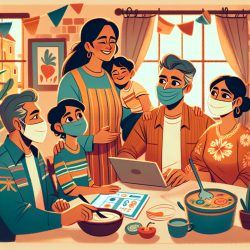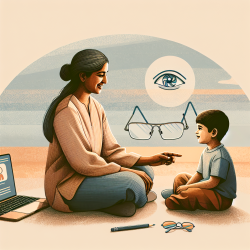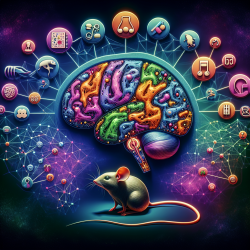Self-injury among female adolescents is a critical issue that requires a nuanced understanding and evidence-based interventions. The qualitative study titled An investigation of self-injury in female adolescents: a qualitative study offers valuable insights that can significantly enhance practitioners' approaches to treating adolescents who engage in non-suicidal self-injury (NSSI).
The study identifies two primary categories of factors influencing self-injury: individual or psychological factors and social factors. Within these categories, emotions and family communication emerged as pivotal elements. Practitioners can leverage these findings to tailor interventions that address both emotional regulation and family dynamics.
Individual or Psychological Factors
The study highlights the significant role of emotions in self-injury behaviors. Adolescents often resort to self-injury as a coping mechanism for managing overwhelming emotions such as depression, anger, and anxiety. Temporary relief or catharsis following self-injury can reinforce this behavior, making it a persistent issue.
To effectively support adolescents, practitioners should focus on:
- Enhancing emotional regulation skills through evidence-based therapies such as Dialectical Behavior Therapy (DBT) and Cognitive Behavioral Therapy (CBT).
- Encouraging self-awareness and emotional literacy to help adolescents identify and articulate their feelings.
- Utilizing cognitive-based techniques to address negative thought patterns and self-deprecating beliefs.
Social Factors
The study underscores the profound impact of family dynamics on adolescent self-injury. Poor communication, parental conflicts, and lack of emotional support within the family can exacerbate self-injury behaviors. Conversely, positive family interactions and effective communication can serve as protective factors.
Practitioners can improve family dynamics by:
- Facilitating family therapy sessions to enhance communication skills and resolve conflicts.
- Providing parents with education and resources to better understand and support their adolescents.
- Encouraging the development of a supportive home environment that fosters open dialogue and emotional expression.
Encouraging Further Research
While this study provides a comprehensive understanding of the factors influencing self-injury, there is a need for further research to explore additional dimensions such as cultural influences and long-term outcomes of different therapeutic interventions. Practitioners are encouraged to stay informed about the latest research and integrate new findings into their practice.
By implementing the insights from this study, practitioners can create more effective and holistic treatment plans that address the multifaceted nature of self-injury in adolescents. Continuous learning and adaptation are key to achieving the best outcomes for the children we serve.
To read the original research paper, please follow this link: An investigation of self-injury in female adolescents: a qualitative study.










